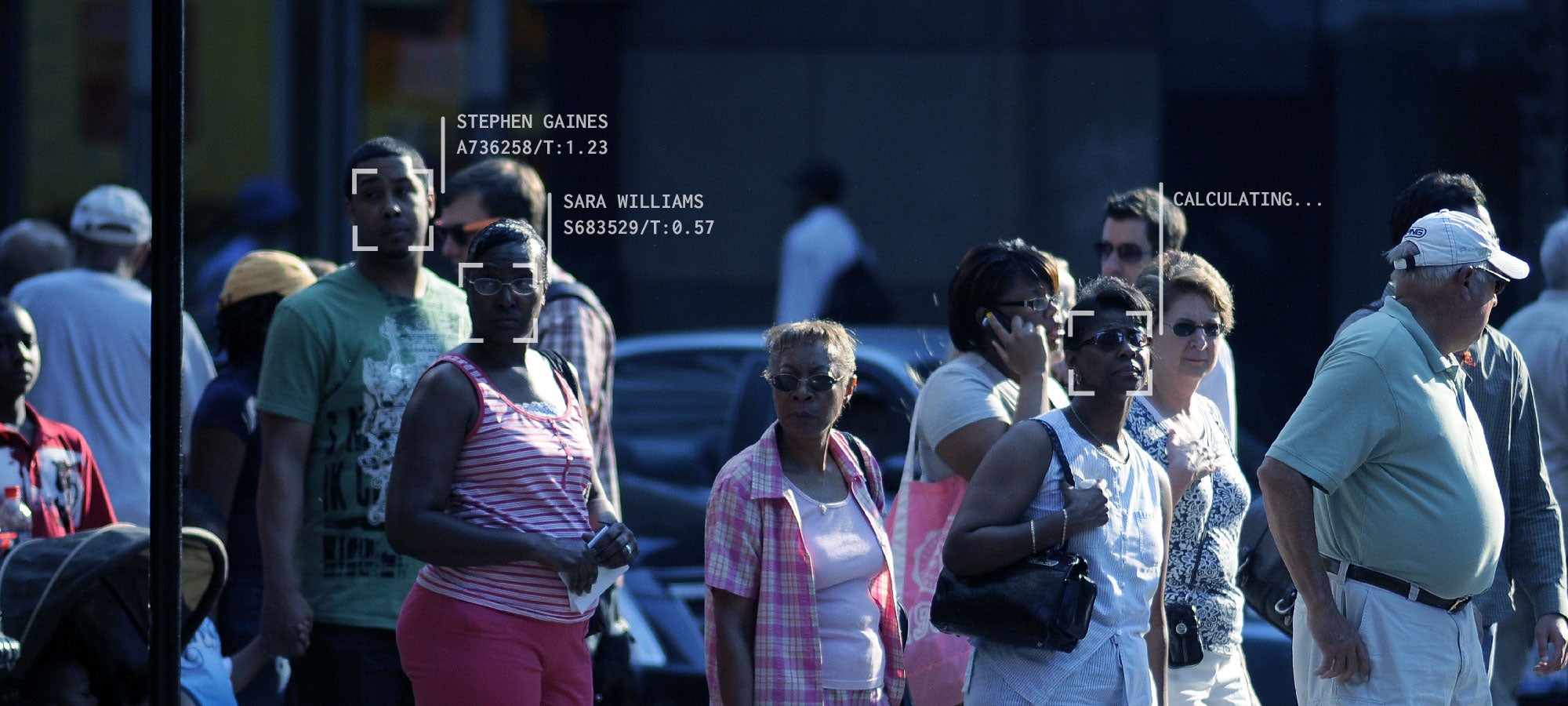J. Edgar Hoover kept track of his opponents. Hoover’s FBI conducted surveillance on Martin Luther King, Jr., Fannie Lou Hamer, Cesar Chavez, Marcus Garvey, and many other civil rights leaders.146 Public protests were seen as a threat. FBI agents, disguised as freelance photographers, were sent to photograph them. According to a candid memoir from an FBI undercover photographer, Richard Coffman:
Following Martin Luther K.’s ‘I Have a Dream Speech’ it was discovered that some of our ‘Most Wanted’ and several subjects of our Domestic Security investigations liked to participate or show up at the various demonstrations. Many of them mostly attracted by the anonymity, opportunity of free drugs and easy available sex. On some of the really large demonstrations I would recruit a dozen or so fellow Agents, instruct them how to not look like FBI Agents and how to mingle among the ‘Hippies’ and other protest types and see and report what was going on.147
Coffman took special interest in surreptitious photographs of interracial couples and nude or partially nude female protesters, which he shared with other law enforcement officials.148
Today’s FBI is a different place. In training, every FBI agent learns about the agency’s surveillance of Dr. King.149 But the specter of political surveillance survives. In a 2012 Senate hearing, Senator Al Franken, then Chairman of the Senate Subcommittee on Privacy, Technology and the Law, confronted the FBI about an agency PowerPoint presentation showing how face recognition could be used to identify people attending the 2008 presidential campaign rallies for then-senators Barack Obama and Hillary Clinton.150 In 2015, the FBI admitted that it conducted surveillance flights over Ferguson and Baltimore during protests of police use of force.151 The Department of Homeland Security has monitored Black Lives Matter protests.152 And footage of Chris Wilson’s protest shows an officer videotaping the event.153
What if every time an FBI special agent pointed his camera at a protester, the FBI could use face recognition to identify her?
- 146. See Alvaro Bedoya, The Color of Surveillance, Slate (Jan. 18, 2016), http://www.slate.com/articles/technology/future_tense/2016/01/what_the_fbi_s_surveillance_of_martin_luther_king_says_about_modern_spying.html.
- 147. Richard C. Coffman, Eyewitness to J. Edgar Hoover’s FBI 423 (2014).
- 148. Coffman held weeklong photography courses for law enforcement officials, multiple times a year, to train them in remote photographic surveillance of demonstrations. At those trainings, “[t]o keep the classes awake,” he would distribute albums of photos he deemed “attention getters” to “pep up” his class. These included photos of “sexually enthusiastic students cavorting nude in the Reflecting Pool;” a “shot of a minor movie starlet smiling[], but panty-less”; a “‘sneak shot’ of an ‘Oreo-cookie couple’s ‘making-out’; and a “surreptitious. . . ‘close-up’ shot of a top-lessly attired hippie teen-age girl.” Richard C. Coffman, Eyewitness to J. Edgar Hoover’s FBI 425-26 (2014).
- 149. See Federal Bureau of Investigation Director James Comey, Hard Truths: Law Enforcement and Race, Remarks at Georgetown University (Feb. 12, 2015), https://www.fbi.gov/news/speeches/hard-truths-law-enforcement-and-race (“There is a reason that I require all new agents and analysts to study the FBI’s interaction with Dr. Martin Luther King, Jr., and to visit his memorial in Washington as part of their training … to ensure that we remember our mistakes and that we learn from them.”).
- 150. See United States. Cong. Sen. Subcommittee on Privacy, Technology of the Law, Sen. Committee on the Judiciary, What Facial Recognition Technology Means for Privacy and Civil Liberties, July 18, 2012, 112th Cong. 2nd sess..
- 151. See Eric Tucker, Comey: FBI used aerial surveillance above Ferguson, Associated Press (Oct. 22, 2015), http://www.salon.com/2015/10/22/comey_fbi_used_aerial_surveillance_above_ferguson/.
- 152. See George Joseph, Exclusive: Feds Regularly Monitored Black Lives Matter Since Ferguson, The Intercept (June 24, 2015), https://theintercept.com/2015/07/24/documents-show-department-homeland-security-monitoring-black-lives-matter-since-ferguson/.
- 153. See WFTS Webteam, Black Lives Matter protesters arrested at Florida State Fair, WFTS Tampa Bay (Feb. 8, 2016), http://www.abcactionnews.com/news/local-news/black-lives-matter-protesters-arrested-at-state-fair.


